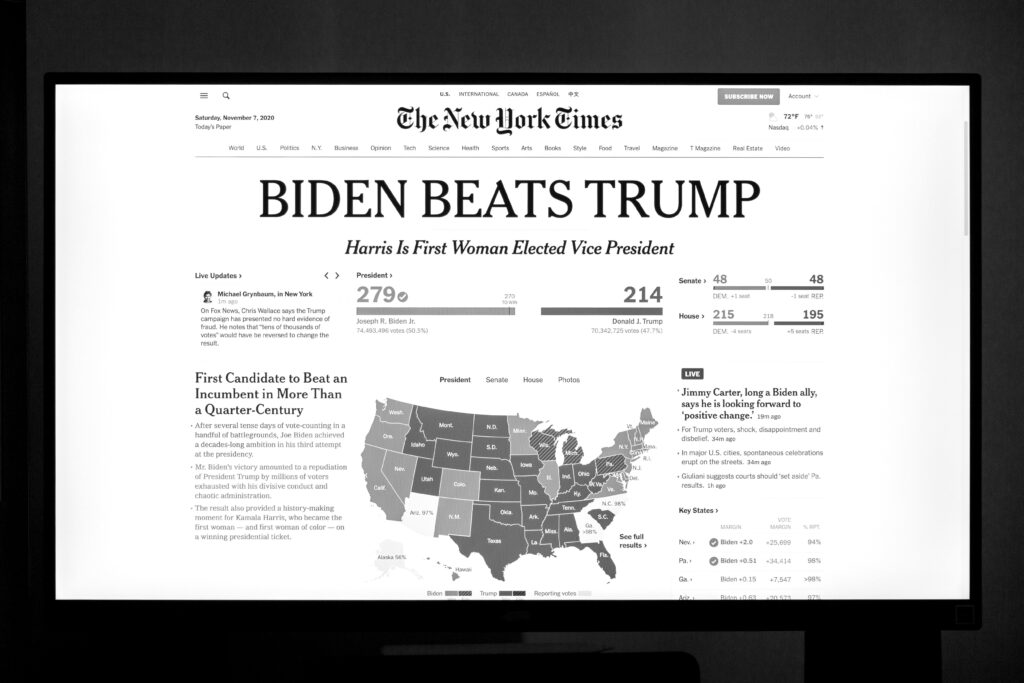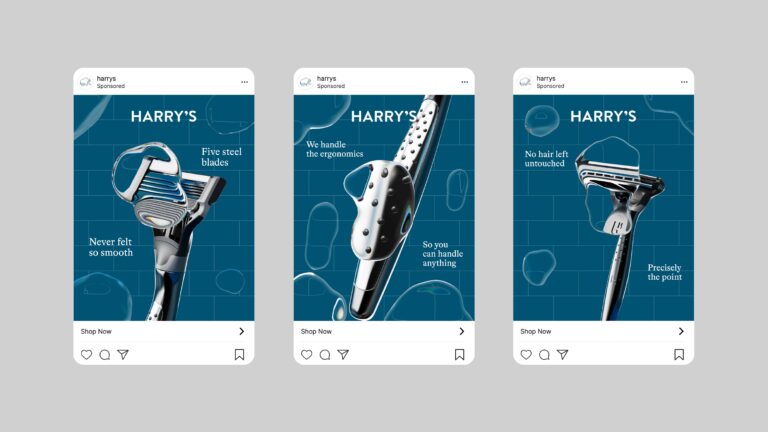
In an age of scrolling thumbs and 3-second attention spans, the headline often determines whether an article gets read or ignored. Nowhere is this more evident than at The New York Times, where a single word in a headline can mean the difference between virality and invisibility.
In this case study, we explore how one of the world’s most respected news publishers uses artificial intelligence and experimentation to optimize engagement. For any marketing student looking to understand how content performance can be scientifically improved, the New York Times headlines journey offers rich insight.
The Challenge: High Stakes in Every Word
The New York Times publishes more than 200 pieces of content daily, including breaking news, opinion, and features. In a highly competitive media environment, their objective was clear: maximize click-through and reader retention without compromising editorial integrity.
According to internal estimates, a well-optimized headline can increase CTR by up to 60%. That’s significant when you consider that over 70% of NYT’s digital traffic comes from organic and social channels.
Continue reading…
Up next: Discover how the Times built its AI-powered testing engine, what variables they test, and how students can replicate this approach in any content-focused brand.


